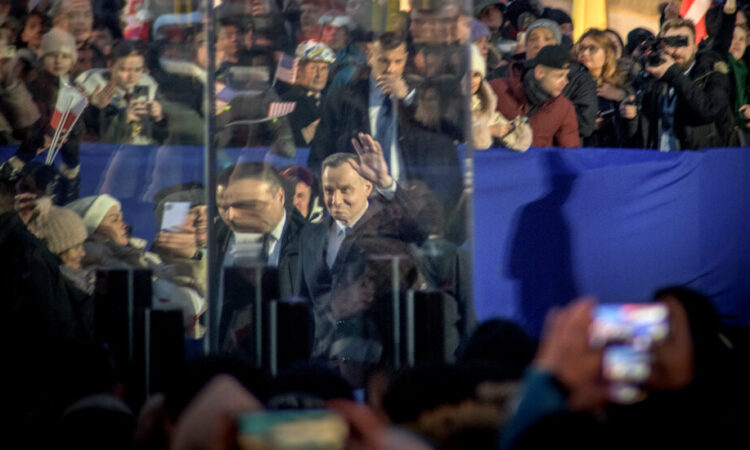
When Law and Justice came to power in 2015, Jaroslaw Gwizdak had been president of a district court, which deals mainly with civil cases and family and labor law, in Katowice, south of Warsaw, for two years. He was a reform-minded judge and had hoped to make Poland’s judicial system, which was created under Communism, more transparent to the public. When Gwizdak was elected in 2013, court presidents were appointed by other judges. Subsequently, Ziobro, the justice minister, altered the rules so that he personally made the appointments. The changes that ensued, which were ostensibly to make the system more democratic, were “mainly personnel changes,” Gwizdak said. The party had control of the Parliament as well as the ministry of justice, “so you are the almighty, you have all the capacity to change,” Gwizdak said. “And you are changing sometimes just the nameplates.”
In 2017, Gwizdak’s term was up, and he decided not to run again. It is rare in Poland for a judge to leave the service, because positions are well paid, secure and powerful. But Gwizdak felt that he wouldn’t be able to do his work under the judges who were taking over. His successor, a former apprentice, was in office for six months before Ziobro replaced him. From 2017 to 2018, more than 150 judges were replaced by Ziobro appointees, according to a Polish judges’ association.
These personnel changes turned out to be crucial to the ruling party’s larger agenda of instituting its “catalog of values,” Gwizdak told me. Ziobro hardened the criminal code, putting prisoners to work and increasing the frequency of life sentences. He even spoke wistfully of the death penalty, which is strictly prohibited in the E.U. Now, Gwizdak says, there is “a very thin red line between harsh treatment, the penal policy and torture.” Kaleta, the deputy minister of justice, argues that the new judicial-appointment system in Poland is similar to that of Spain, Germany or even the United States. “We are debating the same topics for five years,” Kaleta said. “And look at the outcome: There are no political prisoners, there is nothing similar to undemocratic countries in Poland right now.”
Sometimes, in the background of the dispute over judicial appointments, Gwizdak says he would hear members of the ruling party refer to themselves as the “third generation of the Armia Krajowa,” the Polish resistance movement during World War II. “For the Law and Justice people, that’s the idea of how to refresh the ideas and the values of the state, using that patriotic vocabulary,” he says. They cast themselves as the legitimate heritors and rightful stewards of the Polish nation, which, they believe, was mismanaged by liberal elites during the transition from Communism and now must be set on the proper course. “So you have the patriots against the Communists,” Gwizdak said, describing the government’s narrative, “and they are the patriots.”
As part of its campaign of “refreshing” the Polish state, the government also directed its attention to museums. Stola, the historian at the Polish Academy of Sciences, previously served as director of Warsaw’s Polin Museum. In collaboration with historians around the world, it laid out the 1,000-year history of Jews in Poland, through the catastrophe of World War II. Stola recalled welcoming President Duda to the museum in 2016. “I guided him through the core exhibition, he was happy,” Stola told me. “And less than a year later, they are no longer happy. They criticize — it’s anti-Polish.”






